Theme selected: Sustainable Materials for Eco-Friendly Home Decor. Welcome to a home where beauty and responsibility coexist. Explore tactile, planet-kind materials, uplifting stories, and practical swaps that make every room healthier. Love this theme? Subscribe and share your favorite eco-friendly material in the comments.
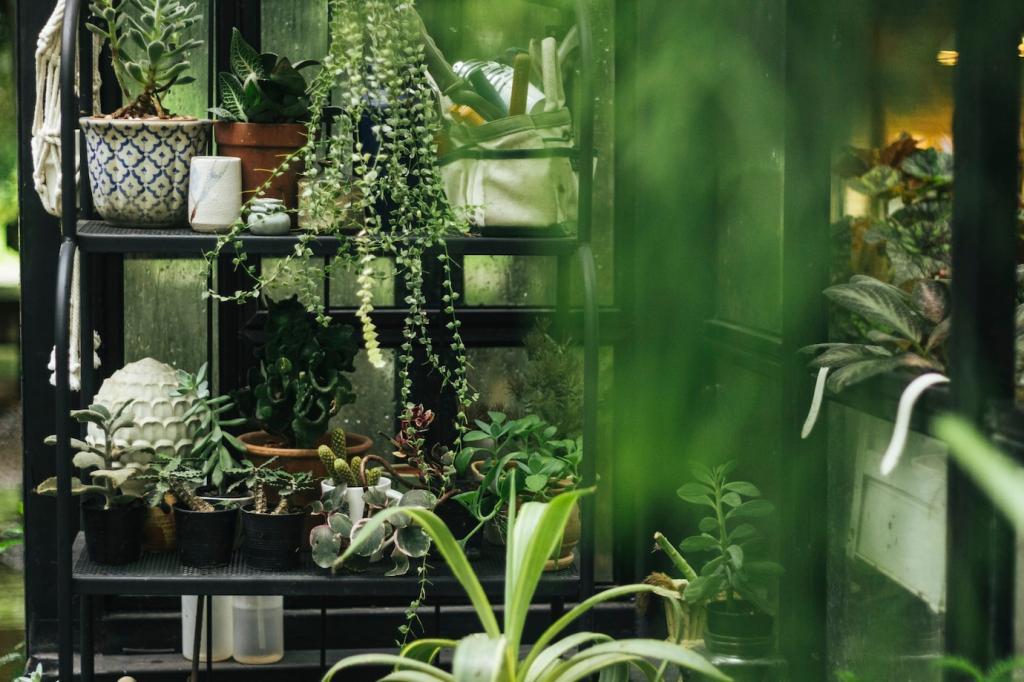
A sustainable material is responsibly sourced, minimally processed, durable, and end-of-life friendly. Think renewable fibers, recycled content, traceable supply chains, and finishes that are safe indoors. Look for repairability, recyclability, and certified production rather than vague green claims.

Every coffee table and cushion carries embodied energy, water use, and chemical residues. Choosing reclaimed wood, low-VOC finishes, and organic textiles reduces off-gassing and waste. The result is cleaner air, fewer microplastics, and a calmer space that feels good to breathe.
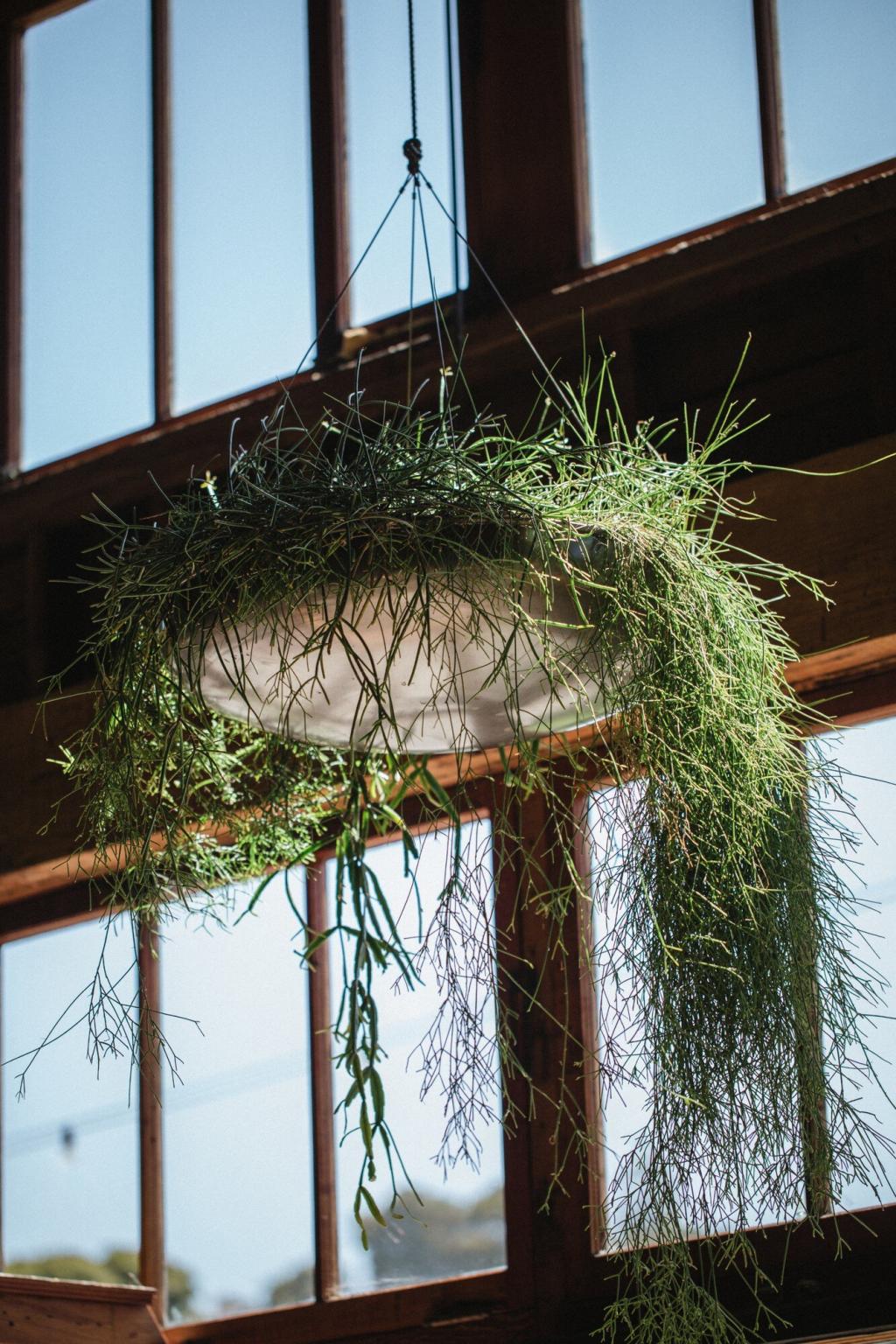
Begin with easy wins: organic cotton throws, a jute rug, beeswax candles, and a reclaimed shelf. Each swap cuts toxins and waste while adding warmth and texture. Tell us your first sustainable swap, and inspire someone else to start the journey today.
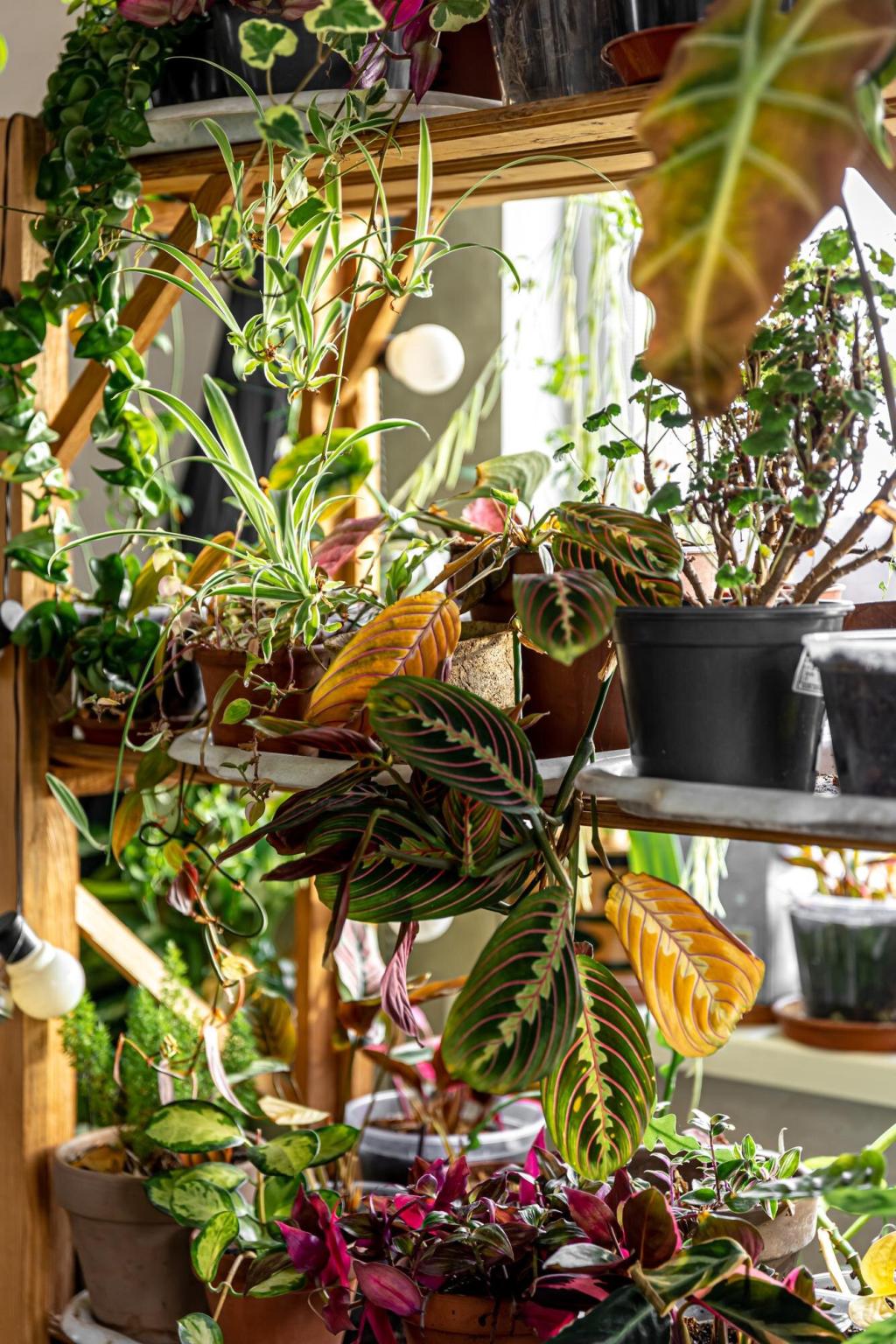
Organic cotton and linen that breathe
GOTS-certified cotton and linen wick moisture, feel cool against skin, and soften with age. Their understated elegance suits modern and classic rooms alike. Choose undyed or low-impact dyed textiles to reduce chemicals and keep your palette soothing and timeless.
Hemp and jute for resilient texture
Hemp is famously tough, naturally antimicrobial, and ideal for upholstery blends and everyday throws. Jute adds warm, sandy texture underfoot in entry rugs and runners. Together they elevate a space with earthy tactility and honest durability that survives daily life.
Cork and bamboo, responsibly harvested
Cork floors cushion steps, insulate sound, and resist mildew, all from bark that regenerates. Bamboo grows quickly, but certifications matter; seek FSC-certified sources and low-VOC adhesives. Use bamboo shades, trays, or panels to add rhythm and calm, naturally.
Reclaimed, Recycled, and Circular Materials
Reclaimed wood with a story
Salvaged beams and old floorboards bring knots, nail marks, and memories that new lumber cannot. A dining table from reclaimed oak saves trees and sparks conversation. Finish with plant-based oils to preserve patina and invite friends to share their reclaimed finds.
Recycled glass, metal, and plastics that shine
Terrazzo-style counters made with recycled glass shimmer in daylight. Powder-coated recycled steel table legs stay strong for decades. Even recycled PET felt panels can hush echoes in open rooms. These choices cut demand for virgin resources while adding contemporary character.
Designing for disassembly and reuse
Choose furniture assembled with screws and bolts instead of permanent glue. Modular sofas, clip-on shelves, and reversible rugs extend life and simplify future repairs. When an item eventually moves on, parts can be reused instead of landfilled, closing the loop gracefully.
Low-VOC and zero-VOC paints you can live with
Select paints and stains labeled low- or zero-VOC and GREENGUARD Gold certified for fewer emissions. Ventilate well during application, then enjoy a fresher room faster. Keep a small labeled jar for touch-ups, preventing waste and extending the life of every wall.
Natural oils and waxes with honest glow
Linseed oil, tung oil, and beeswax enhance grain while avoiding harsh solvents. They are repairable: spot-sand, re-oil, and continue using your piece for years. The soft sheen invites touch and makes wood feel alive rather than plastic-coated and sealed off.
Adhesives that hold without harming indoor air
Prefer water-based glues, low-VOC construction adhesives, or traditional hide glue for restorations. Read safety data sheets and ask vendors for emissions certificates. The right adhesive safeguards indoor air while keeping rugs, trims, and panels secure and beautiful.
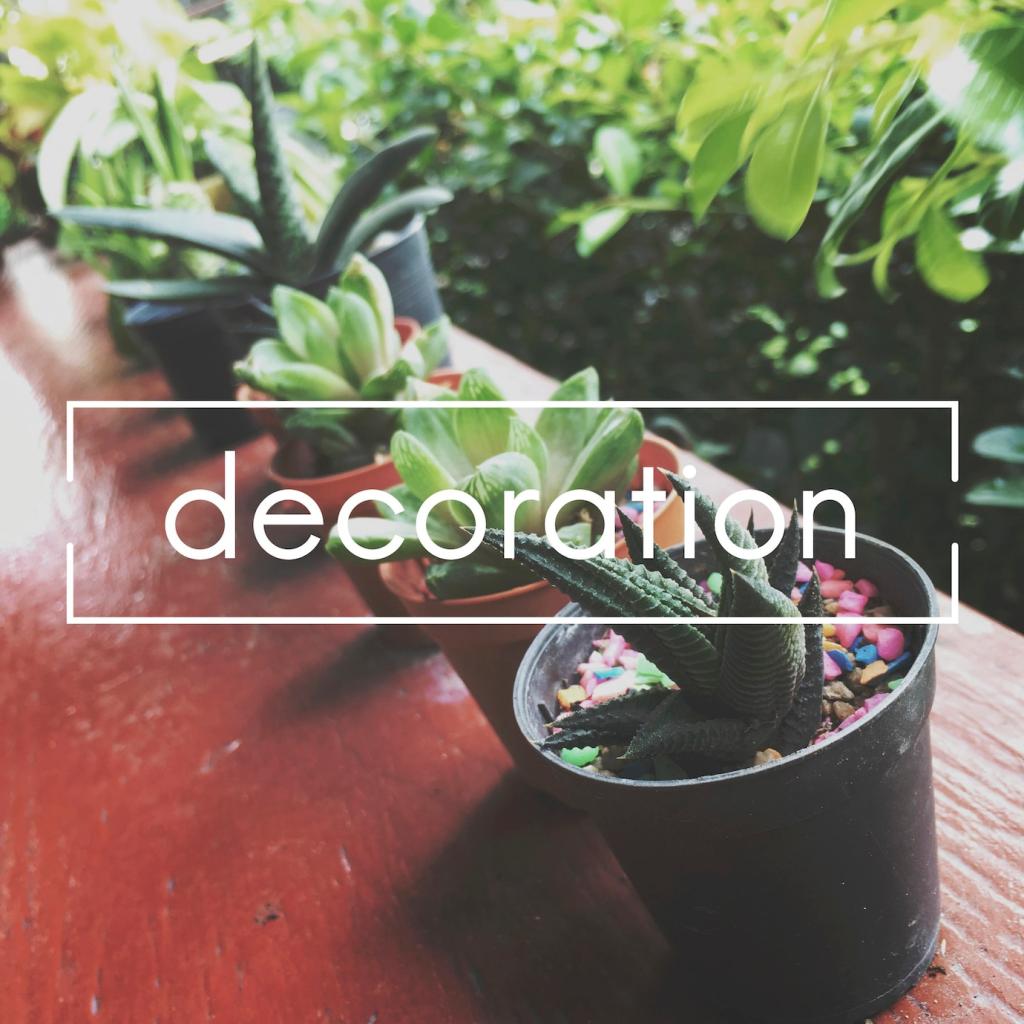
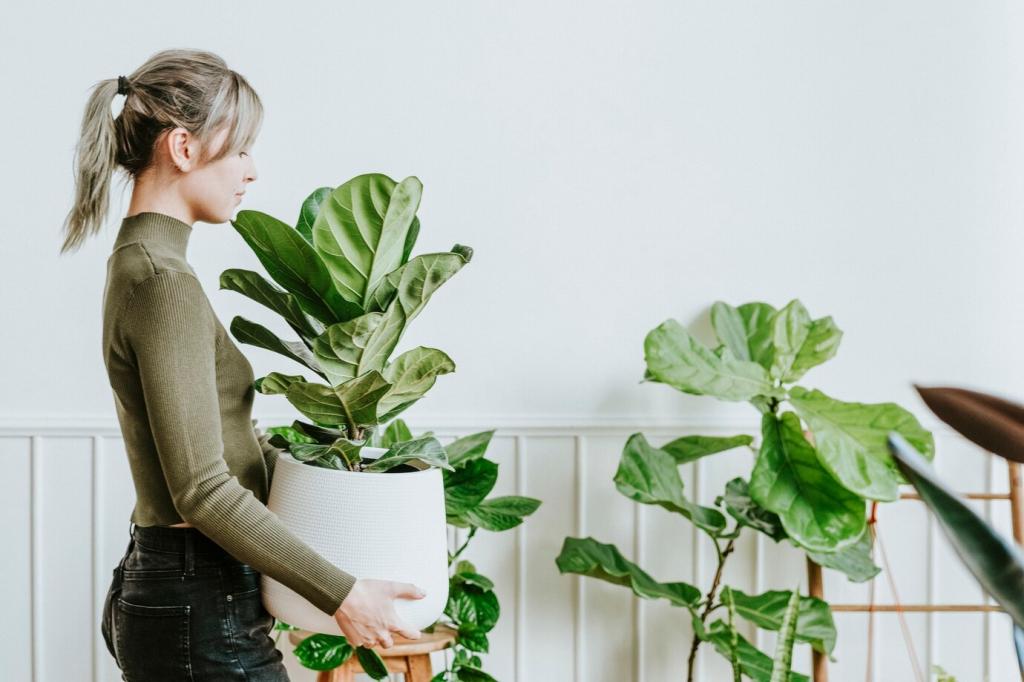


I found a weathered coffee table in a neighborhood salvage yard, its top marked by paint rings and family dinners. The owner shared its origin from a demolished school. That history made it irresistible, and the price left room for thoughtful repairs.
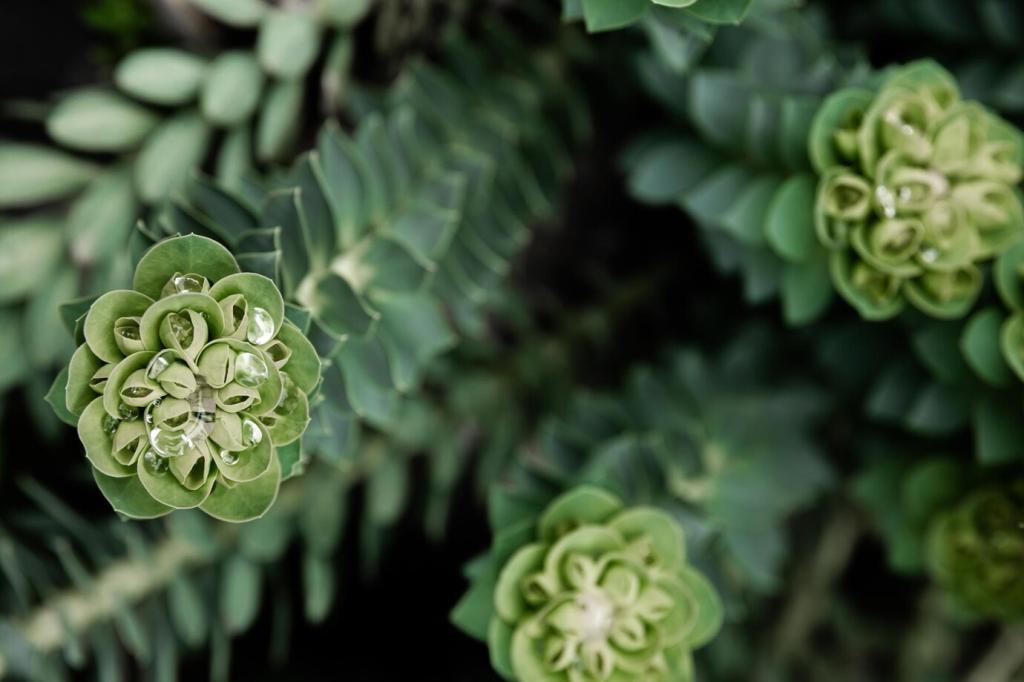
Care, Repair, and Longevity
Simple care that extends life
Vacuum rugs weekly with a brushless head, rotate cushions seasonally, and spot-clean with plant-based soaps. Use curtains to block harsh UV, preserving dyes and finishes. Gentle routines prevent premature wear, keeping beautiful materials in your home longer and out of landfills.
Repair culture beats replacement culture
Learn basic fabric mending, tighten loose joinery, and re-oil wood annually. Community tool libraries and upholstery shops can help with bigger fixes. Share a repair win in the comments so others see that care, not replacement, is often the most stylish choice.
Seasonal checkups and smart storage
Inspect for moisture, moths, and loose hardware at the change of seasons. Store textiles clean, in breathable cotton bags with cedar blocks. Thoughtful storage and quick tune-ups lengthen the life of sustainable materials, saving money while preserving stories embedded in each piece.
